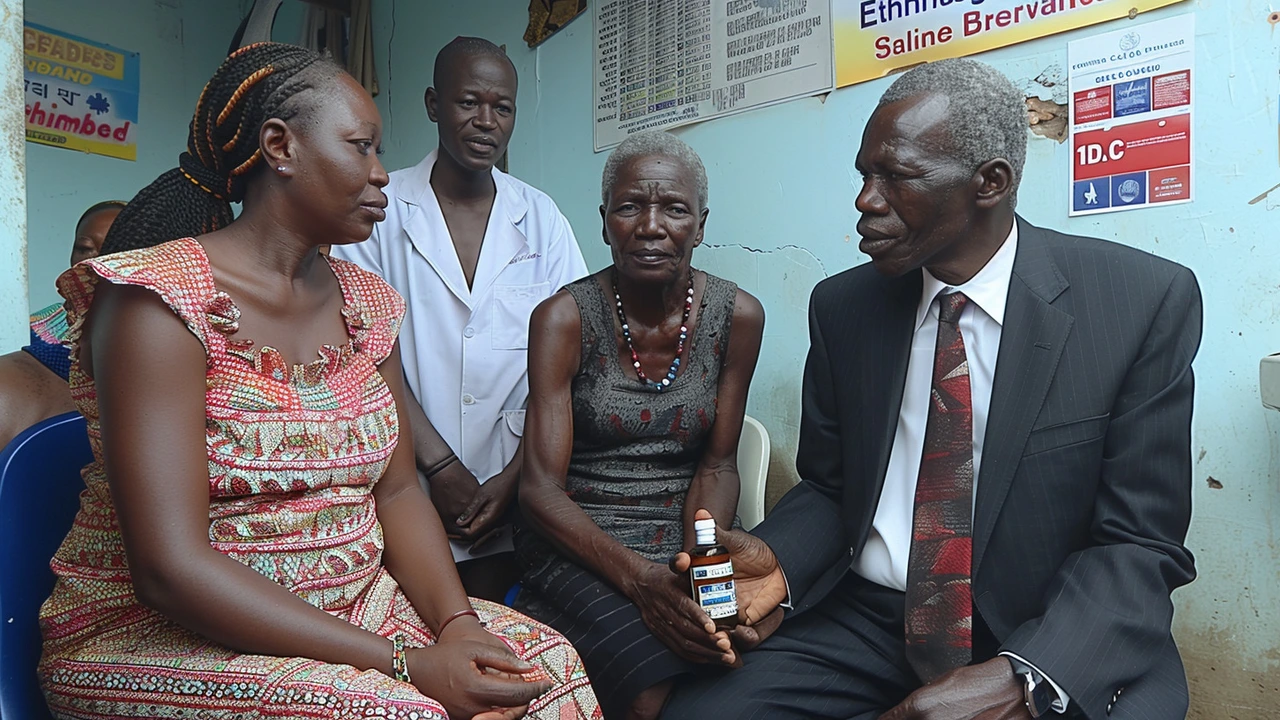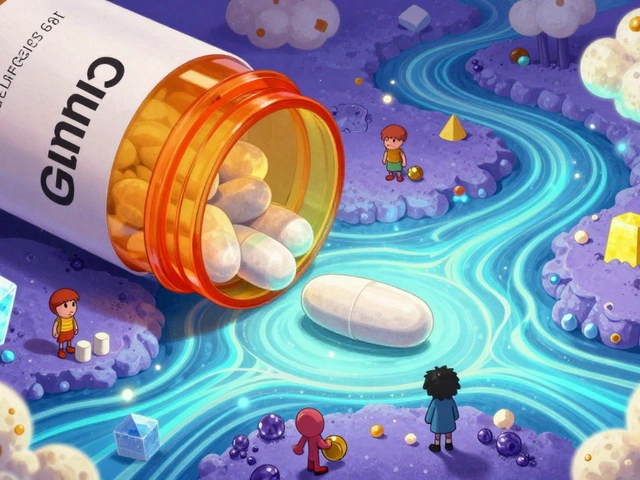TB control: Practical steps to prevent and manage tuberculosis
TB is still around, but you can cut the risk with simple actions. Know how TB spreads: airborne tiny droplets from someone who is infectious. That means good air, quick diagnosis, and proper treatment matter more than anything.
First, watch for symptoms. A cough lasting more than two weeks, weight loss, night sweats, fever, or coughing up blood are red flags. If you notice these, get tested right away. Early detection keeps you from spreading TB and makes treatment easier.
At-home and community measures
Ventilation lowers the chance of infection. Open windows or use fans to move air out. If someone in your home has TB, sleep in a separate, well-ventilated room until their doctor says they are no longer contagious. Wear a well-fitting mask when visiting crowded or poorly ventilated places, especially if TB rates are high locally.
Cover coughs and practice good hygiene. Use tissues or cough into your elbow. Wash hands after handling tissues. These actions are small but reduce spread of many germs, including TB.
Vaccination helps in some places. The BCG vaccine reduces severe TB in children but does not fully prevent adult lung TB. Check local public health guidance about BCG for infants and at-risk groups.
Healthcare and treatment tips
If you test positive, follow the full treatment plan. TB medicines must be taken exactly as prescribed for months. Skipping doses can cause treatment to fail and lead to drug-resistant TB. Many programs offer directly observed therapy (DOT) where a health worker watches you take medications — this works well for keeping people on track.
Know about latent TB. You can have a positive test but no symptoms. Treatment for latent TB lowers the chance it becomes active later. Your doctor can recommend the right short or long course depending on your health and risk factors.
In health facilities, staff use administrative controls, ventilation, and respirators like N95 masks to protect patients and workers. If you work in healthcare, follow infection control rules and get regular screening.
Drug-resistant TB is harder to treat. It requires longer, more complex regimens and specialist care. If you or someone you know starts standard treatment but doesn’t improve, ask about drug-resistance testing immediately.
Finally, support people with TB. Stigma pushes people away from care. Offer practical help — rides to clinics, reminders for meds, or just patience. Treatment works when people get timely care and stick with it.
For local steps, contact your health department for testing sites, treatment programs, and advice on BCG and screening. Practical actions at home and in clinics stop TB from spreading and save lives.
Contact tracing and testing of close contacts helps stop outbreaks. If someone tests positive, close contacts should be screened and offered preventive therapy when appropriate. Employers should allow sick leave and support treatment to avoid workplace transmission. Good nutrition and treating HIV or diabetes reduces TB risk and improves recovery. Ask your clinic about free or low-cost options today.

Ethambutol's Role and NGO Impact in Tuberculosis Control
This article explores the vital role of Ethambutol in tuberculosis treatment and the significant contributions of non-governmental organizations in TB control. By understanding the medication's importance and how NGOs create awareness and access to care, we can appreciate the combined efforts needed to combat this global health issue.
Categories
- Medications (50)
- Health and Medicine (46)
- Health and Wellness (34)
- Online Pharmacy Guides (15)
- Nutrition and Supplements (7)
- Parenting and Family (3)
- Environment and Conservation (2)
- healthcare (2)
- prescription savings (1)
Popular Articles



